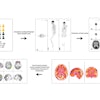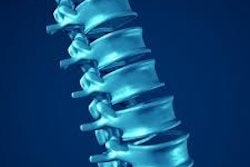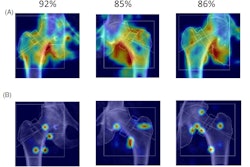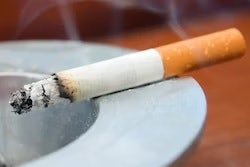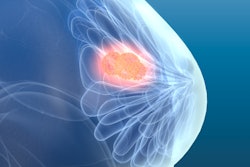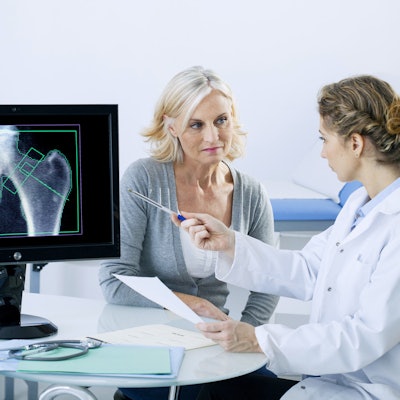
Modest increases in leisure time physical activity can mitigate bone mineral density (BMD) loss in women experiencing menopause, according to a study published March 26 in Lancet Regional Health -- Americas.
A team led by Dr. Gail Greendale of the University of California, Los Angeles analyzed data collected between 1996 and 2017 on women regarding their leisure time physical activity and BMD preservation during periods spanning menopause. They found increases in common activities among the groups were associated with decreases in bone loss.
"Even small increases in intensity, duration or frequency of common activities may lessen bone loss at the population level," the group wrote.
Low bone mass and osteoporosis occur in about 158 million adults worldwide and disproportionately affect women, in part due to menopause-related bone loss. Drug interventions can deter this bone loss and reduce fracture risk, yet is limited by long-term safety concerns, the authors explained.
As such, there remains an avid interest in non-pharmacological strategies to mitigate bone loss, such as physical activity. But there have been no trials of physical activity for the prevention BMD loss specifically during the transition from pre- to postmenopause, they wrote.
To address this knowledge gap, the researchers culled BMD data from dual-energy x-ray absorptiometry scans of women from a large patient registry. Their study included 903 women between the ages of 42 and 52 whose leisure-time physical activity had been measured at least once during two periods: premenopause and early perimenopause (period 1), and late perimenopause and postmenopause (period 2).
The team assessed physical activity measurements using two variables: metabolic equivalents per hour per week (defined as the energy used when resting or sitting still) and leisure time physical activity ordinal score, which ranges from 1 [lowest] to 5 [highest] and is calculated from frequency of engaging in sports/exercise compared with women of a similar age).
The study showed that greater increases in the leisure time physical activity scores and in number of metabolic equivalents were statistically significantly associated with a slower rate of bone mineral density decline. Women with larger increases (from period 1 to period 2) in average leisure time physical activity had slower BMD declines during period 2. For instance, per each metabolic equivalent measure increase, the annual rate of BMD decline was 0.021% slower (p = 0.002), the researchers reported.
"Our findings that more leisure time physical activity (although at modest levels) is related to BMD preservation (albeit a small diminution of loss rate) are concordant with a large body of interventional work that supports optimizing physical activity to minimize bone loss in postmenopause," they wrote.
There are practical barriers to implementing optimal exercise interventions for increasing bone strength, such as lack of access to proper training, physical limitations, competing responsibilities, and personal activity preferences, the authors noted. But they emphasized that their study suggests it may be feasible to lessen menopause-related bone loss at the population level "with even small increases in intensity, duration, or frequency of common activities."




